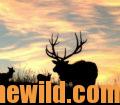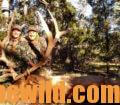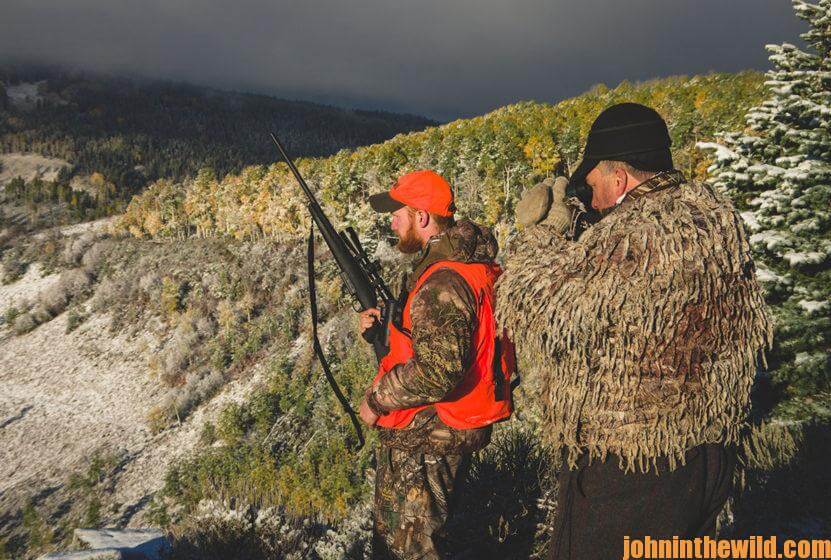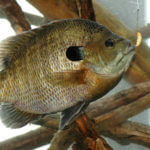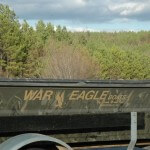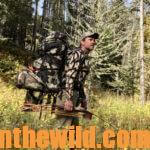Editor’s Note: Dieter Kaboth of Idaho, an avid elk hunter and former regional director for the Rocky Mountain Elk Foundation (https://www.rmef.org/), is a four-time World Champion elk bugler.
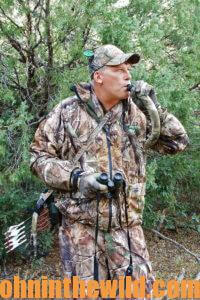 The more hunting pressure on an area, the better chance I’ll have to take a bull. Elk hunting is much like white-tailed deer hunting. When a number of people are in the woods, the deer move more than when fewer people are in the woods. Elk respond to hunting pressure the same way. I want to set-up a different hunting scenario than every other gun hunter is using on that public land.
The more hunting pressure on an area, the better chance I’ll have to take a bull. Elk hunting is much like white-tailed deer hunting. When a number of people are in the woods, the deer move more than when fewer people are in the woods. Elk respond to hunting pressure the same way. I want to set-up a different hunting scenario than every other gun hunter is using on that public land.
The driving force for most elk hunters is, “The more ground I cover, and the more ground I glass, the more likely that I’ll get a shot at an elk.” I believe just the opposite is true. With all the hunters moving on public lands, I want to be the only hunter not moving in a place I believe elk will use as a retreat from hunters.
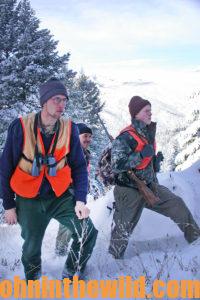 The kind of spot I choose to set-up will be a north-facing slope with a lot of elk sign. I want to be able to see a little opening about 70 – 100 yards in front of me. This type of opening is one most hunters will walk past. But an elk may sneak through these little openings to come to you, rather than walking across a wide-open space where a hunter will see and shoot him. So, I’ll sit there and cow-call.
The kind of spot I choose to set-up will be a north-facing slope with a lot of elk sign. I want to be able to see a little opening about 70 – 100 yards in front of me. This type of opening is one most hunters will walk past. But an elk may sneak through these little openings to come to you, rather than walking across a wide-open space where a hunter will see and shoot him. So, I’ll sit there and cow-call.
In the State of Idaho where I often hunt, I’ll be wearing hunter orange. Common sense should play as big a role in your hunting as laws and regulations. Common sense says that when you’re calling elk, breaking trees, kicking rocks and trying to sound like a herd of elk will, make sure other hunters don’t mistake you for a herd of elk.
In 1988, I read an article written by Bill Monroe and published right after the Yellowstone fires, which reported because the woods were dry the hunter’s success on elk dramatically had decreased. He said hunters couldn’t slip-up on the elk without being heard. I thought that statement was strange because every day during archery season that year, when I attempted to slip-up on an elk, I made elk noises to make elk think I was an elk and not a hunter moving through the woods. With this technique (moving and sounding like an elk) I got to within at least 100 yards of elk – definitely within rifle range of them.
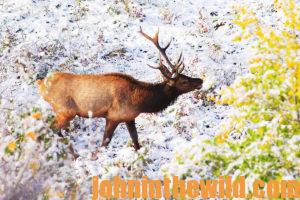 But I was hunting with a bow and had difficulty closing that distance to 20 or 30 yards. However, I wasn’t having any problems getting within rifle range. I started asking the rifle hunters, “Do you cow-call while you’re walking and hunting for a bull?” The answer I consistently got was, “No, I don’t need to cow-call. I’m a rifle hunter, and if I can see the elk, I can take him.”
But I was hunting with a bow and had difficulty closing that distance to 20 or 30 yards. However, I wasn’t having any problems getting within rifle range. I started asking the rifle hunters, “Do you cow-call while you’re walking and hunting for a bull?” The answer I consistently got was, “No, I don’t need to cow-call. I’m a rifle hunter, and if I can see the elk, I can take him.”
So, I decided to rifle-hunt elk. While sitting on the Oregon coast on the edge of a clear-cut overlooking a small meadow, I watched a cow and a calf. I’d been there for a while when for no reason that cow and calf stood-up, bristled-up and starting walking off. Five minutes later, I saw two hunters walk right by where those elk had been sitting, never aware of the fact the elk were within less than 100 yards of them. I learned then that by using the cow calls when I was walking through the woods during rifle season, instead of sounding like a hunter, I’d sound like a mature cow calling to a younger cow. Then I wouldn’t spook elk.
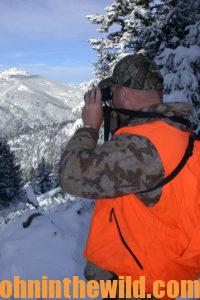 Since elk make a lot of noise when they move around, just like humans, as you’re walking through the woods making noise, you can give the illusion of an elk walking through the woods by using cow calls. Too, you won’t spook nearly as many elk, and you’ll see and take more elk. The drier the woods are, and the more noise you make as you walk, the more-essential cow-calling will be to your success, while you move through the woods. I use cow calls even when the woods are wet, but especially when they’re dry.
Since elk make a lot of noise when they move around, just like humans, as you’re walking through the woods making noise, you can give the illusion of an elk walking through the woods by using cow calls. Too, you won’t spook nearly as many elk, and you’ll see and take more elk. The drier the woods are, and the more noise you make as you walk, the more-essential cow-calling will be to your success, while you move through the woods. I use cow calls even when the woods are wet, but especially when they’re dry.
 To learn more about hunting elk successfully, check out John E. Phillips’ book, “Elk: Keys to 25 Hunters’ Success,” available in Kindle, print and Audible versions at https://amzn.to/2IDszQk. You may have to copy and paste this click into your browser. (When you click on this book, notice on the left where Amazon allows you to read 10% of the book for free).
To learn more about hunting elk successfully, check out John E. Phillips’ book, “Elk: Keys to 25 Hunters’ Success,” available in Kindle, print and Audible versions at https://amzn.to/2IDszQk. You may have to copy and paste this click into your browser. (When you click on this book, notice on the left where Amazon allows you to read 10% of the book for free).

